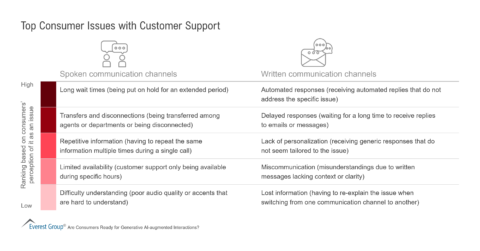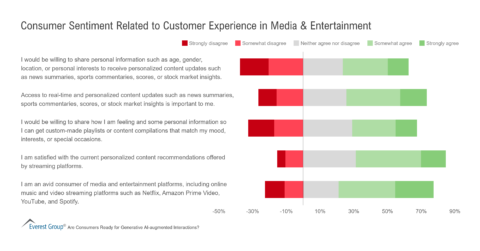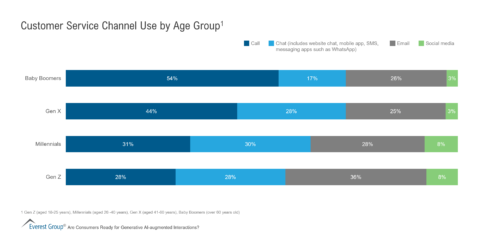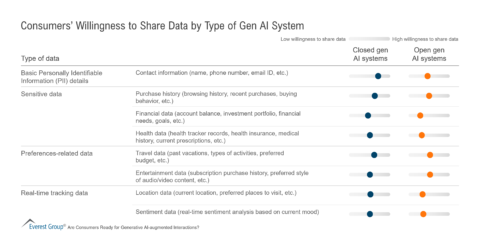Reimagine growth at Elevate – Dallas 2025. See the Agenda.
Filter
Displaying 41-50 of 206
Explore the Potential of Gen AI in BFSI GBS: Charting the Gen AI Path | Virtual Roundtable
Virtual Roundtable
1 hour 30 minutes
Marketing in 2024: Findings from our CMO Priorities Survey | Webinar
On-demand Webinar
1 hour
Redefining T&S: Adapting to Economic, Regulatory, and Technological Shifts | Webinar
On-demand Webinar
1 hour












